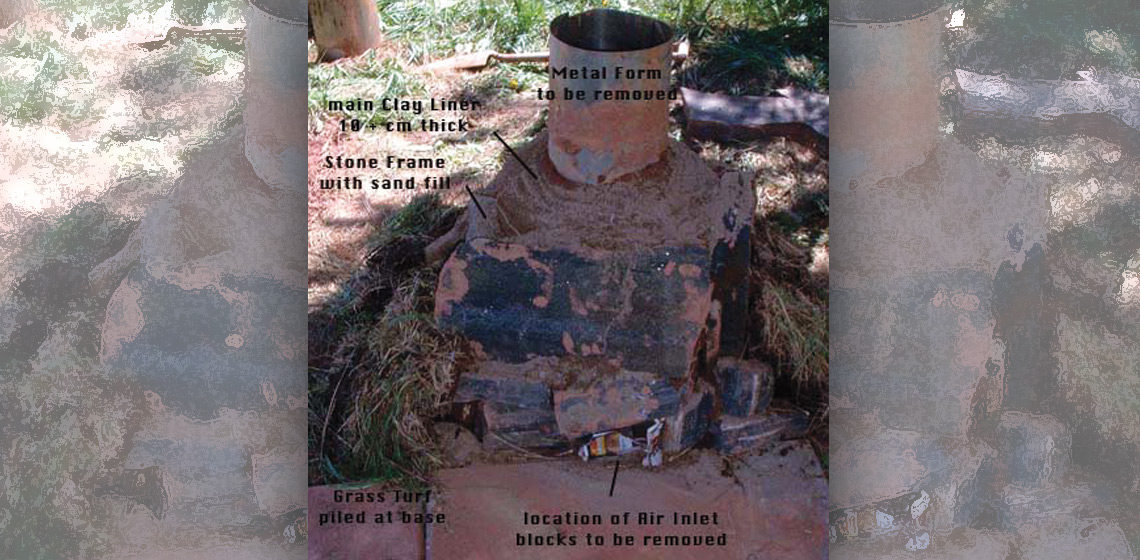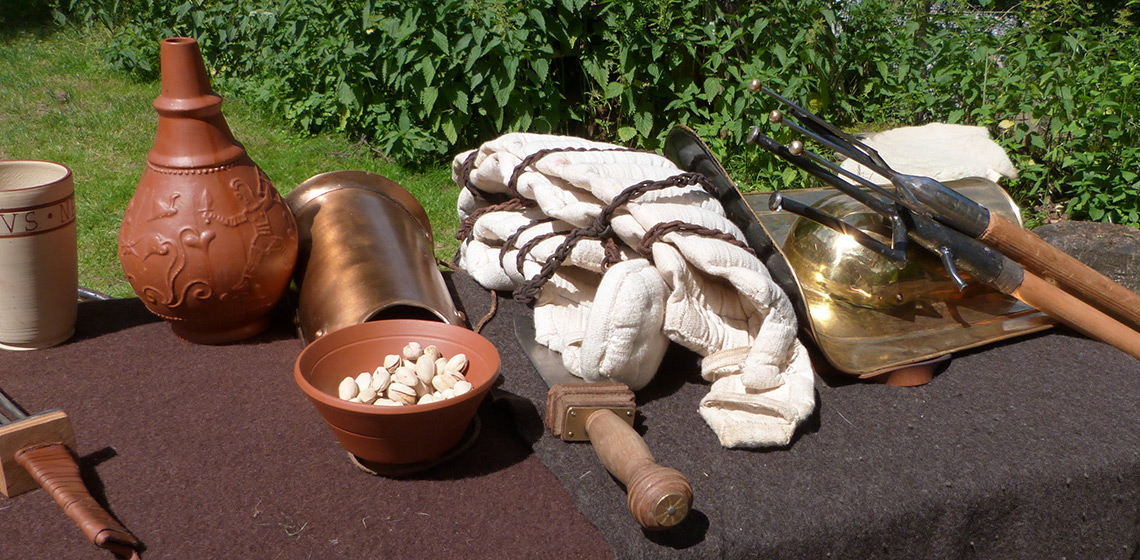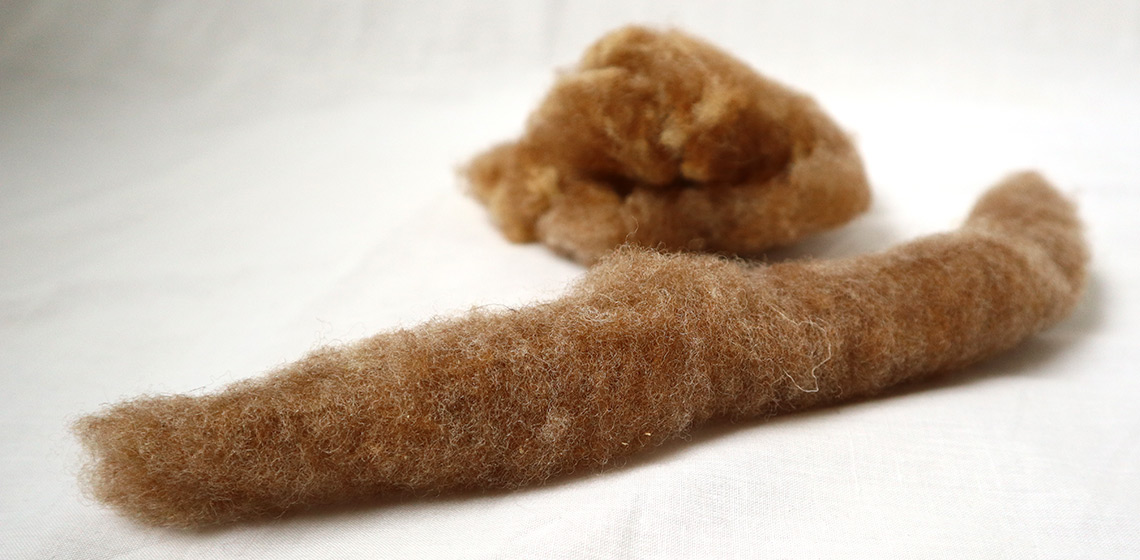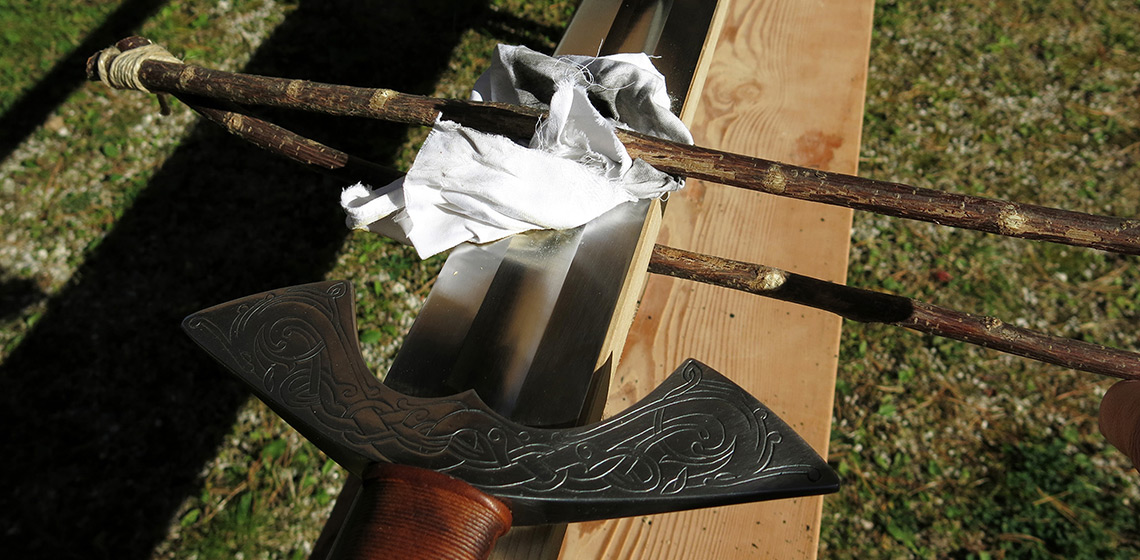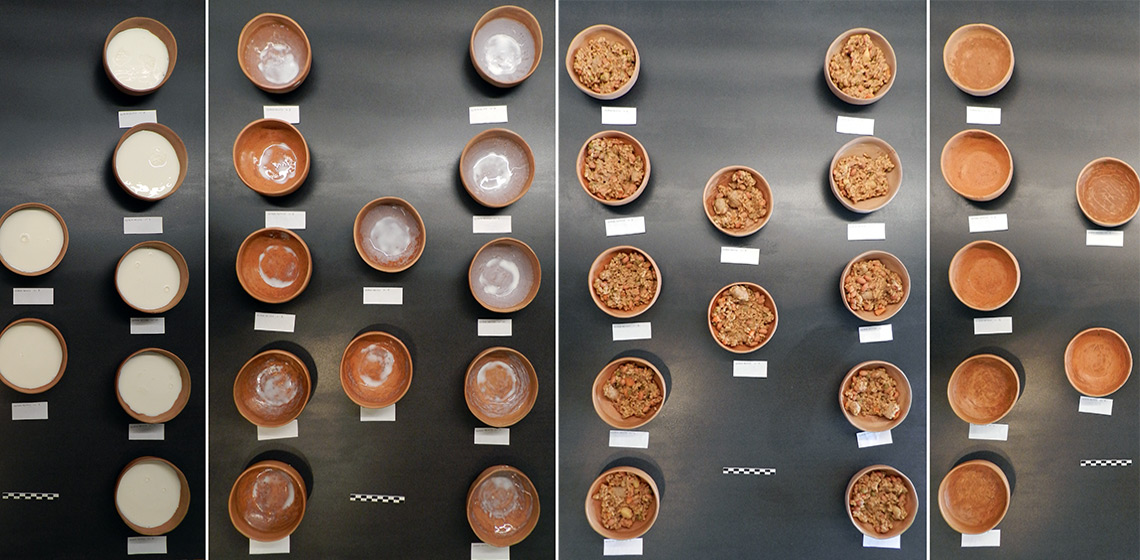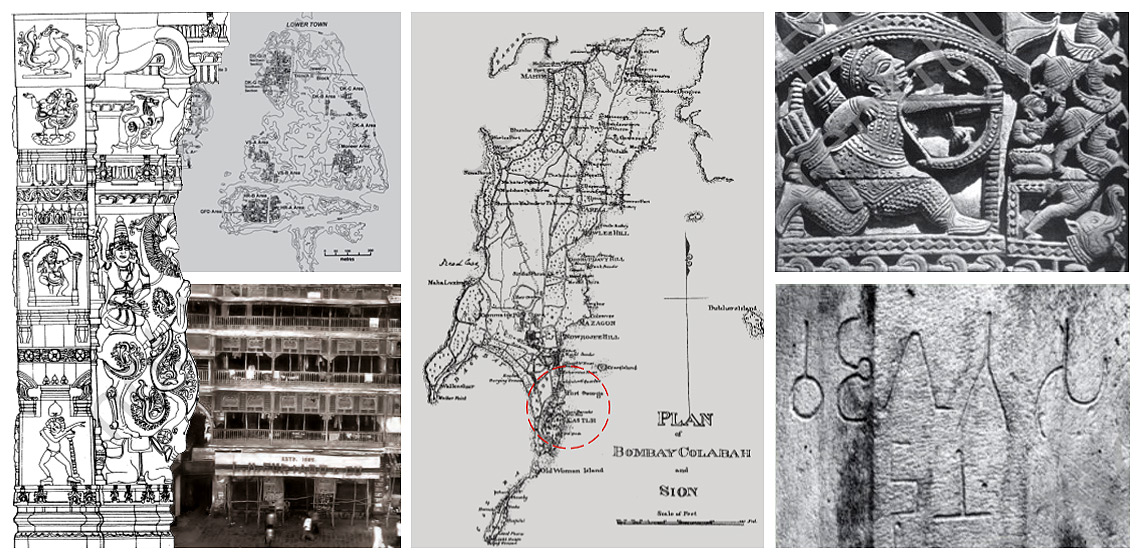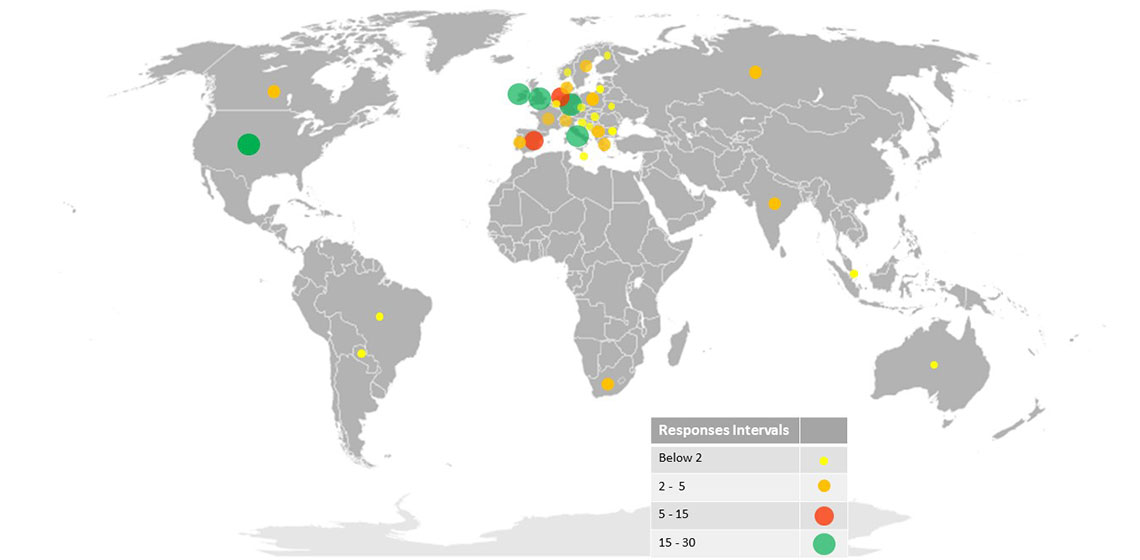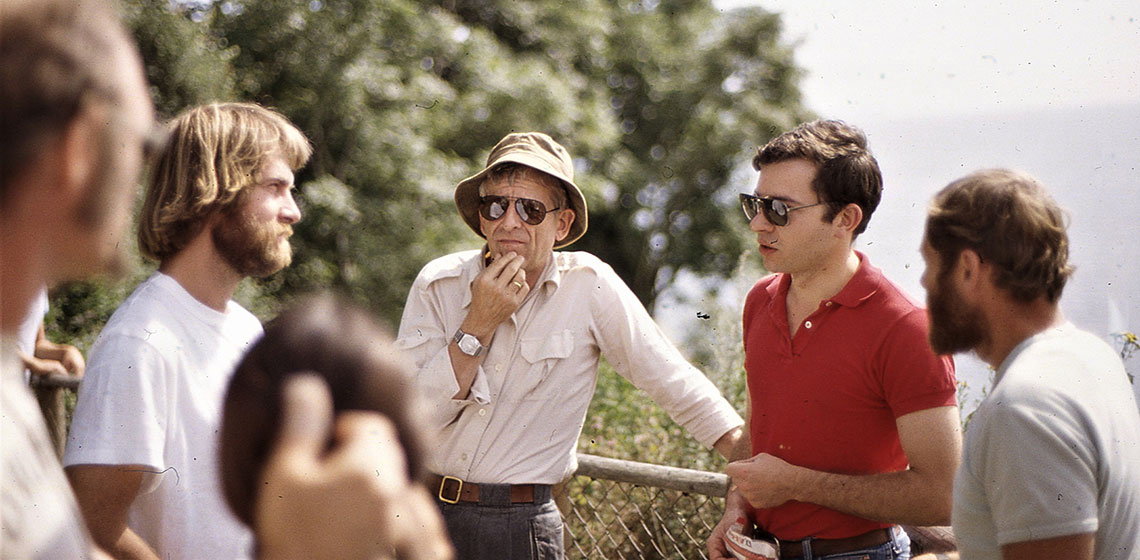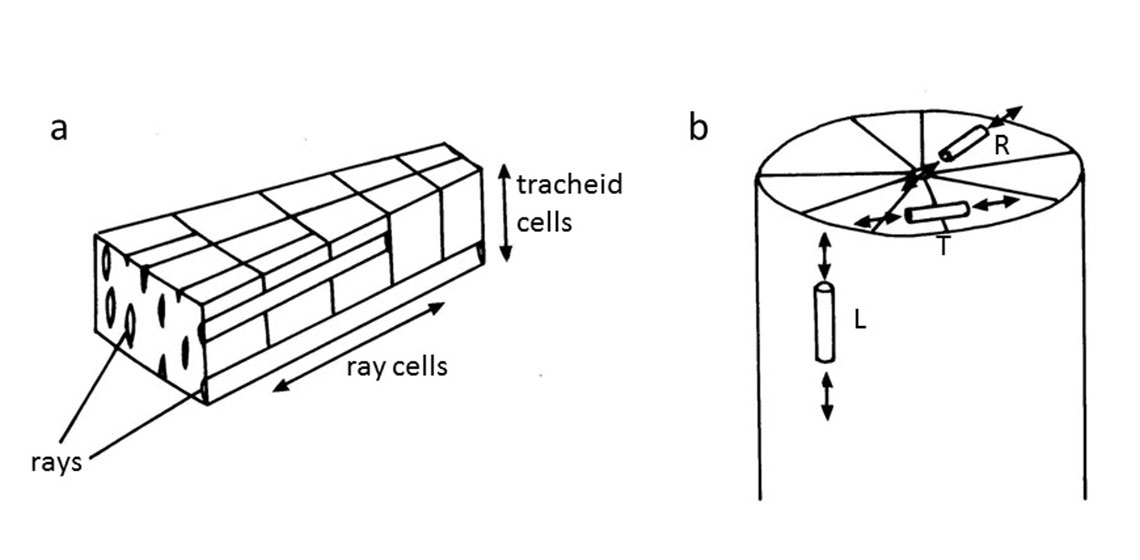methodology
Top 11 ways to annoy your Reviewers
Publication Date
As an author of an article, there are few things more annoying than comments from those anonymous reviewers. They call your creation ugly, and they force you to waste time rewriting just because they aren’t smart enough to understand what you meant, instead of what you said...
Discussion: The Concept of Authenticity in Collections of Open-Air Museums
Publication Date
How is it possible that if you go into an arts museum, the ceramics you see may be made yesterday and may be a valued and legitimate part of the museum collection, while in open-air museums, a similar object ...
Experimental Archaeology and Tacit Learning: Textiles in the Classroom
Publication Date
Archaeology benefits from the integrated approaches generated from experimental archaeology and tacit learning because they afford a deeper exploration of our interpretations of the archaeological record. Though these benefits are generally supported by the discipline at large, experimental and experiential studies tend to remain interesting rather than influential. Introducing pedagogical practices which use these...
“A Mirror for Men” – Reconstructing a Medieval Polishing Bench and Putting it to the Test
Publication Date
11th EAC Trento 2019
***In the late 5th century AD, the famous Ostrogoth Theoderic the Great received a truly regal gift from the king of the Warini: he was given highly elaborated swords, richly decorated and able to cut through armour. Their fullers (long grooves along the flat side of the blade to reduce weight and to gain stability...
***In the late 5th century AD, the famous Ostrogoth Theoderic the Great received a truly regal gift from the king of the Warini: he was given highly elaborated swords, richly decorated and able to cut through armour. Their fullers (long grooves along the flat side of the blade to reduce weight and to gain stability...
Fine Pottery Chaîne Opératoire from the Bronze Age site of Via Ordiere, Solarolo (RA, IT): Experiments on the Relationship between Surface Treatments and Function
Publication Date
11th EAC Trento 2019
***The aim of this experimental work was to catch a glimpse of the pottery chaîne opératoire, particularly linked to the surfaces treatments applied, in order to better understand what type of traces they could leave on pots and how they could differently affect the use of final products...
***The aim of this experimental work was to catch a glimpse of the pottery chaîne opératoire, particularly linked to the surfaces treatments applied, in order to better understand what type of traces they could leave on pots and how they could differently affect the use of final products...
Indian Students’ and Teachers’ Perceptions and Attitudes to Archaeological Content in History Textbooks
Publication Date
History is a record of past events, activities, situations, and processes. As a subject, it helps students in understanding not only who they are and where they came from, but it also offers them an opportunity to make informed decisions about present issues and future developments. History also teaches responsible citizenship, and develops critical thinking and problem-solving skills...
Experience and Discovery: Engaging the Public in Research. A Survey on Experimental Archaeology Contemporary Practice and Meaning – Preliminary Results
Publication Date
2018 EXARC in Kernave
***The traditional way of engaging the public with the past has changed: now, through experimental archaeology, we can have a direct, physical contact with the “past”. But, as researchers know, the means used to engage the public are the fruits of an active process of investigation, especially in experimental archaeology. Could it be possible to enable visitors to actively engage in the questioning of the past, to let them experience the discovery process?
***The traditional way of engaging the public with the past has changed: now, through experimental archaeology, we can have a direct, physical contact with the “past”. But, as researchers know, the means used to engage the public are the fruits of an active process of investigation, especially in experimental archaeology. Could it be possible to enable visitors to actively engage in the questioning of the past, to let them experience the discovery process?
Experimental Archaeology: Who Does It, What Is the Use?
Publication Date
In two surveys, several people working with experimental archaeology explained what they believe is experimental archaeology. They also described their activities. We asked universities, societies, freelancers and museums. Several adjacent activities are discussed, like archaeotechnique, making reconstructions and life experiments. After some confusing and clarifying examples, the future of ...
Obituary: Peter Kelterborn (4 July 1928 – 9 March 2017)
Publication Date
On 9 March 2017, Peter Kelterborn, Swiss civil engineer and experimental archaeologist closed his eyes for good at the age of 89. He was known to many of his colleagues through his well-researched works on prehistorical flint and rock technology, but also from his methodological scientific experiments in archaeology. Many cherished him as a modest and thoughtful colleague, friend and counsellor...
The Mechanics of Splitting Wood and the Design of Neolithic Woodworking Tools
Publication Date
Because of the anisotropy of wood, trunks and branches can be vulnerable to splitting along the grain, especially radially. This fact was widely exploited in pre-industrial times, when wood was mostly cut and shaped by splitting it along the grain while still green, rather than by sawing...

